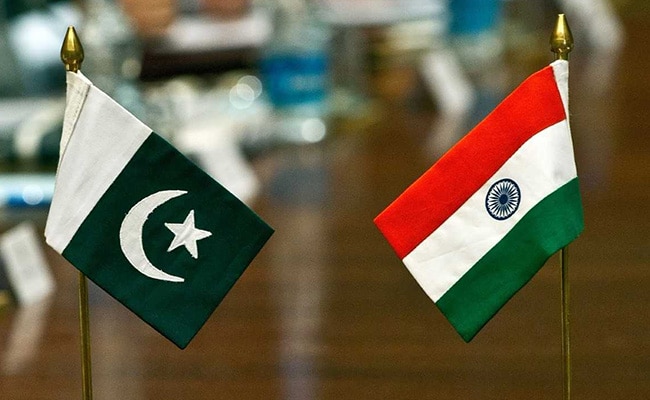Trump's 'Golden Dome' US Missile Defence Plan Faces Major Challenges

Washington:
US President Donald Trump’s plan for a nationwide missile defense system — dubbed “Golden Dome” — faces significant technical and political challenges, and it could cost far more than he has estimated to achieve its goals.
Trump wants a system that can defend against a wide array of enemy weapons — from intercontinental ballistic missiles to hypersonic and cruise missiles and drones — and he wants it ready in about three years, or as he nears the end of his second term in office.
Four months after Trump initially ordered the Pentagon to develop options for the system, however, little in the way of further details have emerged.
“The main challenges will be cost, the defense industrial base, and political will. They can all be overcome, but it will take focus and prioritization,” said Melanie Marlowe, a nonresident senior associate in the Missile Defense Project at Washington’s Center for Strategic and International Studies.
“The White House and Congress are going to have to agree on how much to spend and where the money will come from,” Marlowe said, noting that “our defense industrial base has atrophied,” though “we have begun to revive it.”
She also cited the need for more progress on sensors, interceptors and other components of the project.
Trump on Tuesday announced an initial $25 billion in funding for Golden Dome, saying its eventual cost would be about $175 billion.
That figure is likely far lower than the actual price of such a system.
Thomas Roberts, assistant professor of international affairs and aerospace engineering at the Georgia Institute of Technology, said the price estimate was “not realistic.”
“The challenge with the statements from yesterday is that they lack the details needed to develop a model of what this constellation would really look like,” he said.
– ‘Not holding my breath’ –
Earlier this month, the non-partisan Congressional Budget Office (CBO) estimated the cost of space-based interceptors to defeat a limited number of intercontinental ballistic missiles at between $161 billion and $542 billion over 20 years.
A system such as that envisaged by Trump “could require a more expansive SBI (space-based interceptor) capability than the systems examined in the previous studies. Quantifying those recent changes will require further analysis,” the CBO said.
The Golden Dome concept — and name — stem from Israel’s Iron Dome air defense system. But the United States’ missile threats differ significantly from the short-range weapons that Iron Dome is designed to counter.
Beijing is closing the gap with Washington when it comes to ballistic and hypersonic missile technology, while Moscow is modernizing its intercontinental-range missile systems and developing advanced precision strike missiles, according to the Pentagon’s 2022 Missile Defense Review.
The document also said the threat of drones — which have played a key role in the Ukraine war — is likely to grow, and warned of the danger of ballistic missiles from North Korea and Iran, as well as rocket and missile threats from non-state actors.
Countering all those myriad threats would be a major undertaking, and there are various issues that would need to be overcome for such a system to come online.
“There are a number of bureaucratic, political, science and technological milestones that will need to be achieved if Golden Dome is ever going to enter service in any meaningful capacity,” said Thomas Withington, associate fellow at the Royal United Services Institute.
“It is an incredibly expensive undertaking, even for the US defense budget. This is serious, serious money,” Withington added.
(Except for the headline, this story has not been edited by NDTV staff and is published from a syndicated feed.)






